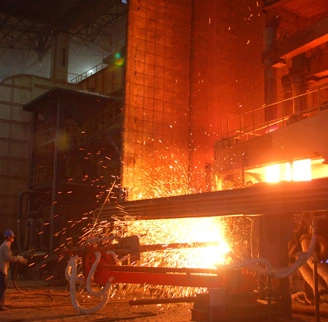A Direct Current Electric Arc Furnace (DC EAF) utilizes direct current as its energy source, generating heat through the electric arc formed between the electrode and the molten pool. Manufactured by leading electric arc furnace manufacturers, the DC Electric Arc Furnace (DC EAF) is effective for smelting steel, alloys, and non-ferrous metals.
The DC Electric Arc Furnace (DC EAF), provided by electric arc furnace manufacturers and suppliers, features a single graphite electrode acting as a cathode. The current flows from this electrode down to an anode located at the base of the DC electric arc furnace (DC EAF). This design allows for highly efficient heat transfer, enhancing the performance of the smelting process. Electric arc furnace suppliers provide a range of models tailored to various industrial needs. Our electric arc furnace companies ensure that each unit meets the highest standards for performance and efficiency.
 back homepage
back homepage
 EN
EN
 fr
fr  ar
ar  fa
fa 








